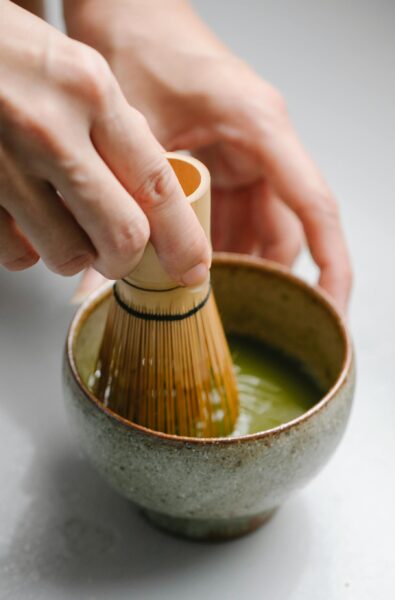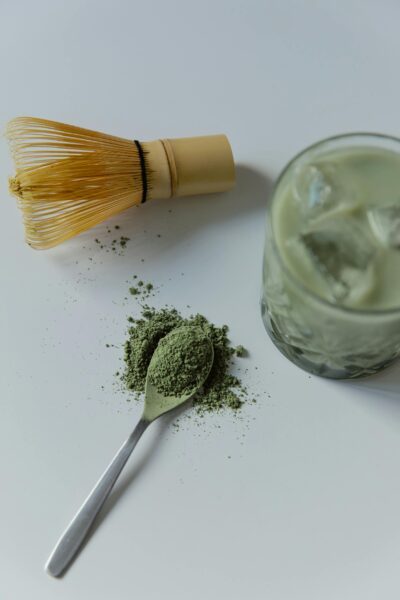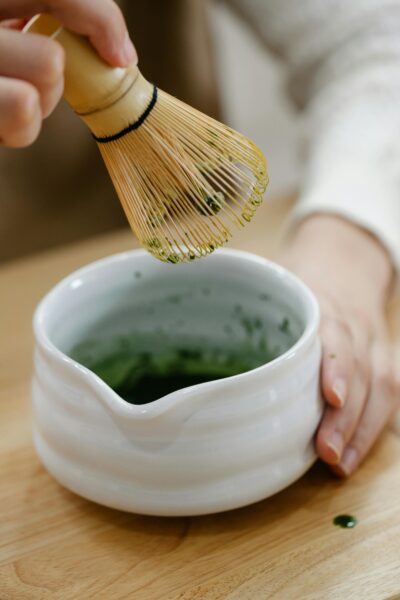
In the serene world of tea ceremonies, where every element is meticulously chosen and crafted, the bamboo whisk, or chasen, holds a special place. Used primarily for whisking matcha, this simple yet elegant tool is steeped in tradition and craftsmanship. Let’s delve into the world of bamboo whisks, exploring their history, construction, and importance in the art of matcha.

History and Origins: The origins of the chasen can be traced back to the 15th century, during the height of the Japanese tea ceremony’s development. It was during this time that the famed tea master, Sen no Rikyu, emphasized the importance of simplicity and elegance in tea utensils, leading to the refinement of the chasen.
Construction and Design: Bamboo whisks are typically made from a single piece of bamboo, carefully split and woven to create the delicate tines. The number of tines can vary, with some whisks having over a hundred tines for a finer froth. The whisk’s design allows for the efficient mixing of matcha and water, creating a smooth, frothy texture prized in the tea ceremony.

Types of Chasen: There are several types of bamboo whisks, each with its own unique characteristics. The most common are the “Kazuho” whisk, known for its flexibility and ease of use, and the “ZEN” whisk, which is stiffer and more suitable for thicker matcha preparations.
Care and Maintenance: To ensure the longevity of your chasen, it’s essential to properly care for it. After each use, rinse the whisk with warm water and gently pat it dry. Avoid using soap or harsh chemicals, as this can damage the bamboo. Store the whisk in a well-ventilated area to prevent mold growth.

The bamboo whisk, or chasen, is not just a tool for whisking matcha; it’s a symbol of the artistry and dedication that goes into the Japanese tea ceremony. Its simple yet intricate design reflects the harmony and respect for nature that are at the core of this ancient tradition. So, the next time you enjoy a bowl of matcha, take a moment to appreciate the craftsmanship of the chasen and the centuries of tradition it represents.

